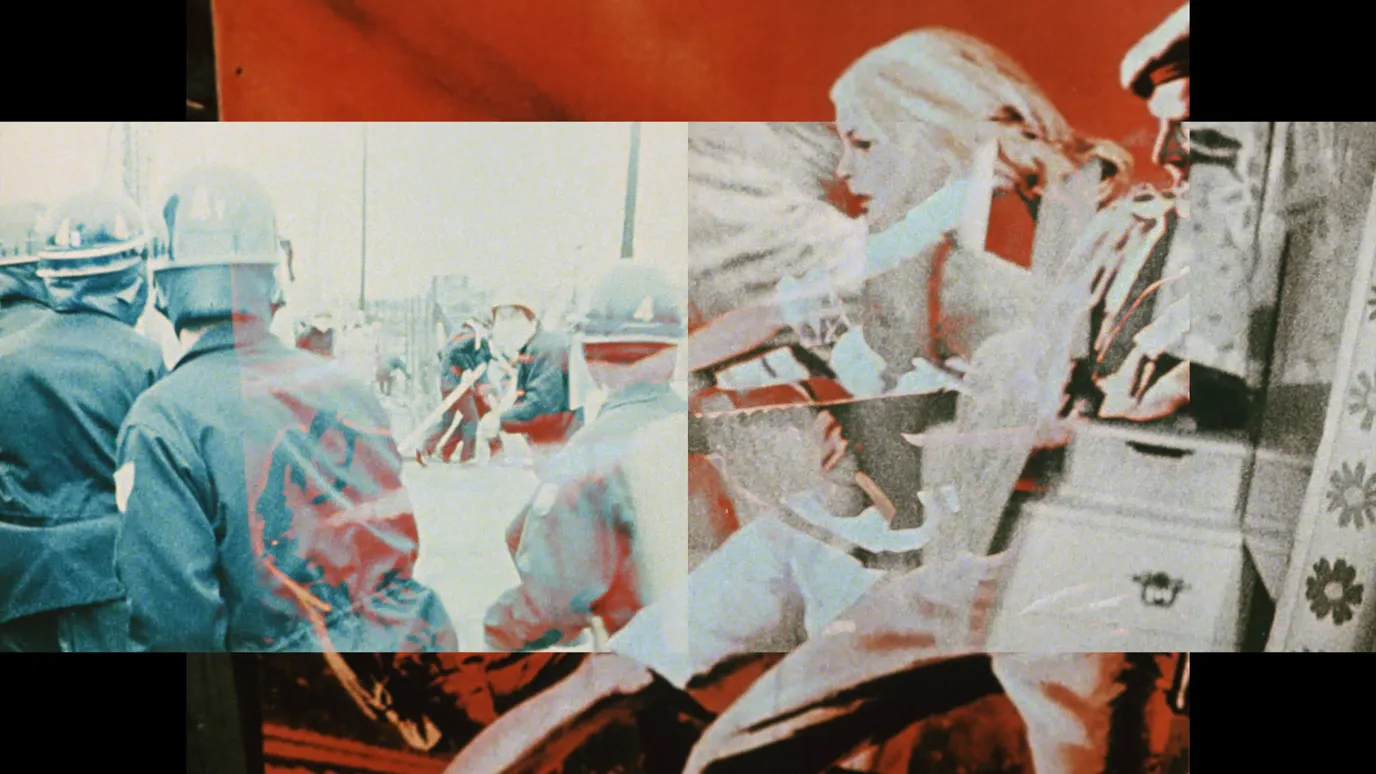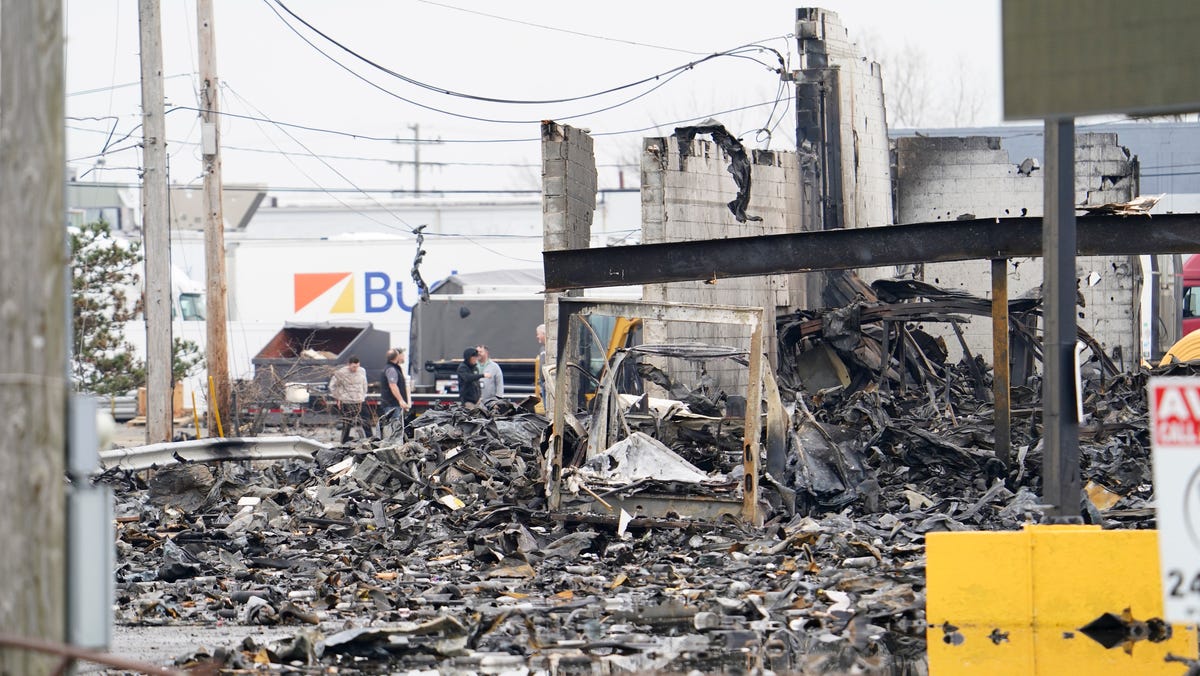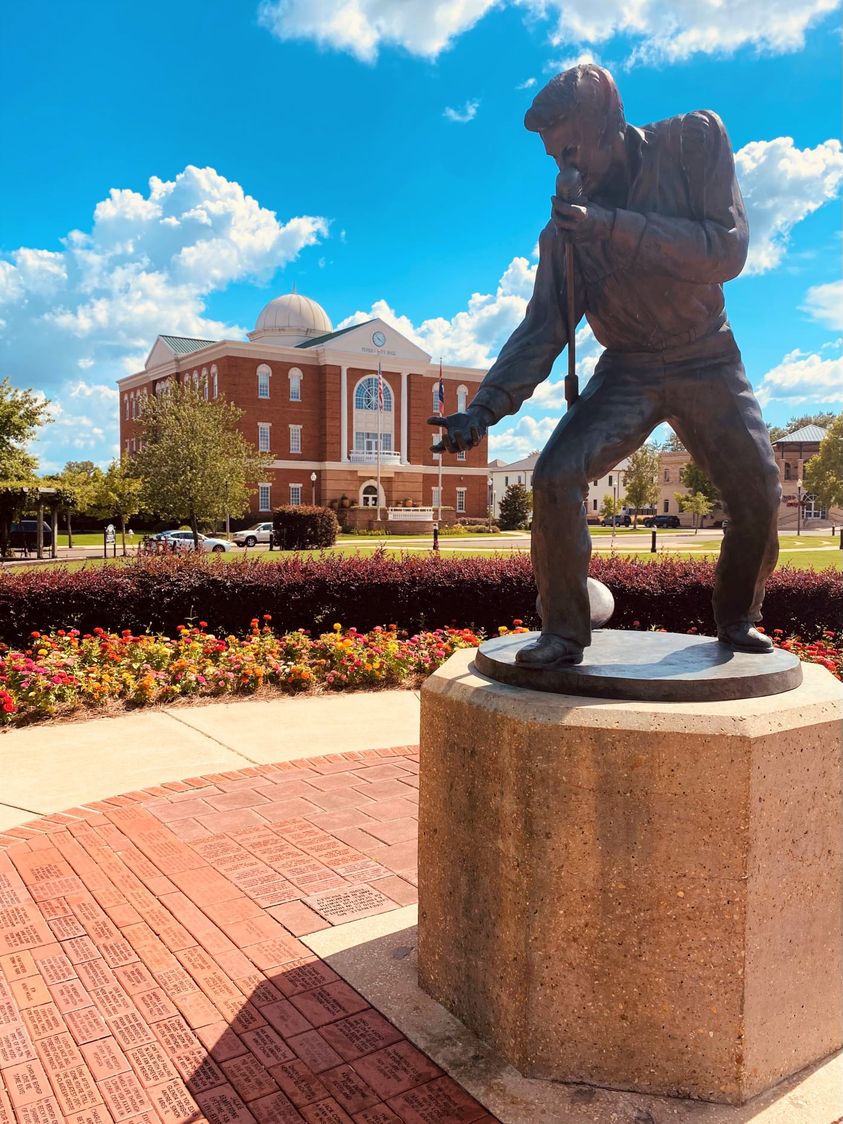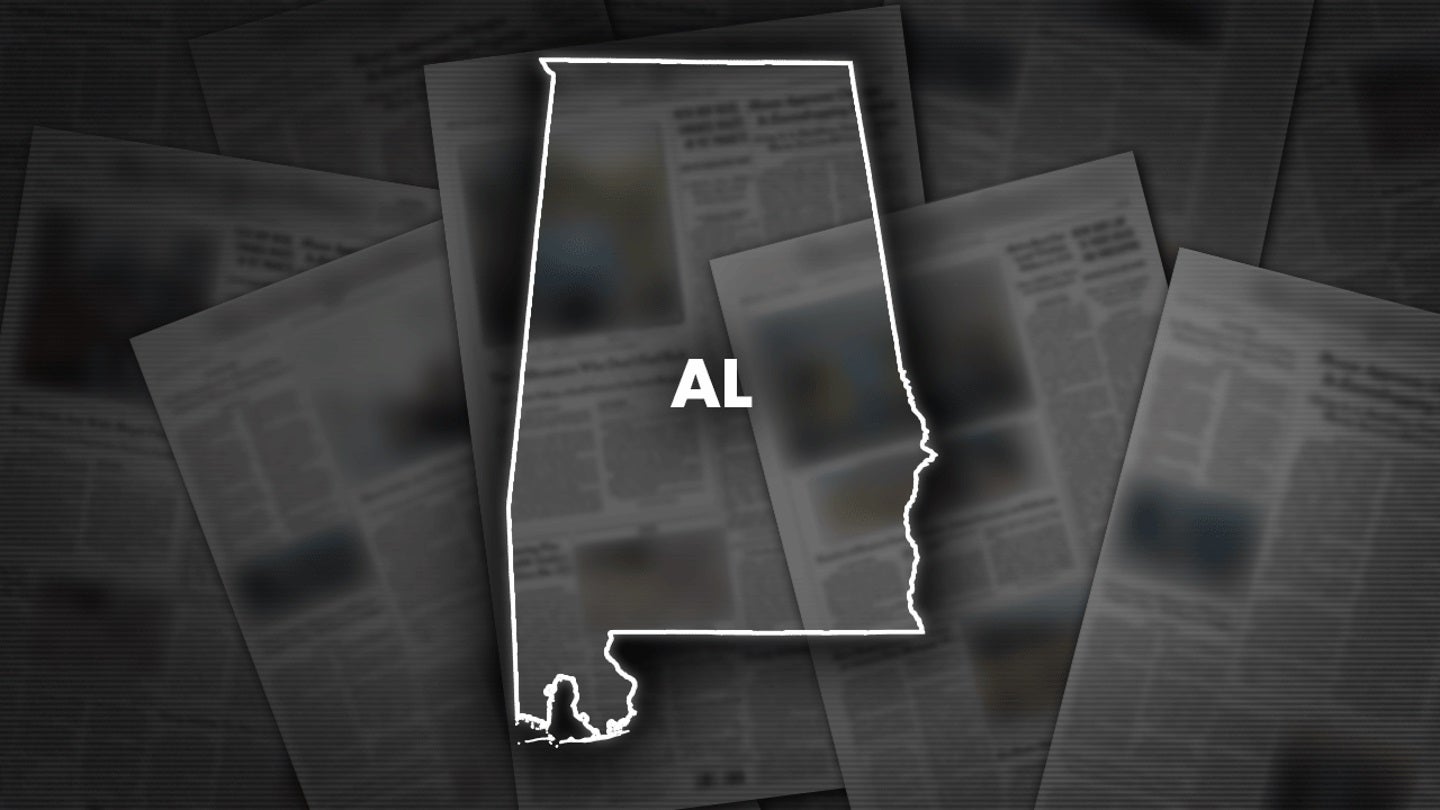Massachusetts
Thunderstorms with hail possible in Massachusetts Tuesday

Along with smokey skies, Massachusetts residents could see thunderstorms and hail Tuesday.
In Western and Central Massachusetts, there is expected to be scattered showers on Tuesday. And thunderstorms are possible after 2 p.m., according to the National Weather Service.
“Some of the storms could produce small hail and gusty winds,” the weather service warned.
More rain is expected in these areas on Friday afternoon.
- Read more: See the red sunrise this morning? It has to do with the air quality
In Boston, scattered showers and a thunderstorm is possible after 4 p.m. Tuesday. Similarly, rain is expected again in Boston on Friday afternoon.
Cape Cod could see rain Tuesday but are not expected to see thunderstorms, according to the weather service.
An air quality alert has been issued until midnight on Tuesday across Massachusetts. The alert is issued when “fine particulates concentrations within the region may approach or exceed unhealthy standards.”
- Read more: 50,000 gallons of sewage discharged into Connecticut, Mill rivers on Sunday
“Sensitive groups should avoid prolonged outdoor activity today, as this smoke WILL reach the surface,” the National Weather Service said.

Massachusetts
Everything you need to know about the MBTA Communities law but are perhaps afraid to ask – The Boston Globe

And it’s controversial. Housing is a lightning-rod issue, particularly when it is proposed close to home. Already, one town is in court battling the state over the law, and a few other communities have publicly considered following suit.
All of that has propelled the law into the spotlight and created a lot of confusion about what it actually does.
Here’s what you need to know about MBTA Communities, and what it might mean for your community.
What is the law?
MBTA Communities was included in a broad economic development bill that was signed into law in early 2021 by then-Governor Charlie Baker.
Very simply, it requires 177 communities, mostly in Eastern Massachusetts, to write new land-use rules allowing multifamily housing by-right — meaning developments do not need a special permit — in at least one district of town. The district should be within a half-mile of a transit station, if the town has one, and provide a density of at least 15 units per acre — which could be a single five- to six-story building, or a cluster of townhouse condos.
Communities have quite a bit of flexibility on where to place their zone and what to allow in it. A town could draw a relatively small zone that allows for denser, taller buildings, or a larger zone (or zones) that keeps buildings smaller.
What are the guidelines and how were they created?
The statute itself is relatively short and charges the state housing office with creating the law’s parameters — which it did in August 2022.
The most significant piece of the guidelines created “unit capacity” targets that each community’s zoning must hit. The state established four categories of communities with varying levels of obligation under the law.
The first — rapid transit communities, the 12 cities and towns served by the T’s light rail system (the Red, Orange, Green, and Blue lines) — have the greatest obligation, a requirement to create zones that would, theoretically, allow for enough units to increase their housing stock by 25 percent or more. So if a town has 7,500 housing units, they’d have to allow for an additional 1,875. The 12 rapid transit communities had to draw up plans by the end of 2023.
The other categories — commuter rail, adjacent community, and adjacent small town — have lesser obligations. Commuter rail communities, for example, must zone for an additional 15 percent of existing units. Adjacent communities have to zone for five percent. Their plans are due by the end of this year — setting up key votes at spring and fall town meetings in many communities.
Does the law require communities to build all this housing?
No. Not at all. MBTA Communities only requires towns to write new zoning rules. Building the housing is largely up to the market, and that’s where things start to get really complicated.
For starters, those “unit capacity” numbers the state requires are basically a measurement of what would get built in a given zone if the land was entirely empty. Of course, in urban and suburban Massachusetts, empty land is exceedingly rare. And many towns are targeting their most developed areas — downtowns — for their new zoning.
When the state says Newton needs to create a zone that can accommodate 8,330 units, it really means that, in a theoretical scenario where every building in whatever zone the town draws is razed to the ground and then rebuilt at maximum density and height allowed under the zoning, 8,330 units could fit there.
Of course, there are lots of buildings already there. They’re owned by someone. That owner would have to agree to sell before any developer could replace them with something bigger. Most won’t.
There’s also the economy. Interest rates and construction costs are already slowing new housing construction. And — if a town rezones two-story parcels to hold three stories, as Brookline and Newton did last year — there’s not much money in it for a developer, who would have to buy the building, raze it, and then rebuild it just to add one additional floor of apartments.
At its core, MBTA Communities is a zoning law, not a housing production requirement. It asks towns to update antiquated rules that were often passed after towns were built out with more modern ones. That will spark some new development, but only so much.
Does the MBTA have anything to do with the law?
No. Despite the name, the MBTA is in no way involved in the law. MBTA Communities simply applies to cities and towns that have an MBTA stop or are adjacent to a community that has one.
The idea behind the law is to create housing near transit stations — many (though not all) of which are in relatively dense town centers. It aims to encourage transit use and walkability, and it means that most of the density that might result from the law would be clustered near transit stations, generally not in the single-family neighborhoods many residents want to protect.
Whose law is it, anyway?
The law was signed by Baker, but it wasn’t his idea. Housing advocates and some legislators had been kicking around a transit-oriented housing law for the better part of a decade before MBTA Communities was tucked with little fanfare into a 3,000-page economic development bill. Baker did resist calls to veto the measure though, and his administration wrote the guidelines that communities are grappling with today. Governor Maura Healey inherited the rollout of MBTA Communities when she took office in 2023 and has enforced it enthusastically.

What’s going on in Milton?
Because the Mattapan Trolley runs along its northern edge, Milton is classified as a rapid transit community under the guidelines and was supposed to pass new zoning rules by the end of 2023. It did, with a compliant zoning plan that was approved by Town Meeting late last year.
But opponents quickly forced a referendum, and in February, the town’s voters overturned that zoning plan, making Milton the first community in the state to be formally out of compliance with the law.
Attorney General Andrea Campbell sued the town a few weeks later, and the case is set to be heard by the Supreme Judicial Court this fall. Milton, in its legal filings, has claimed that the law’s guidelines are not legally enforceable and put too great a burden on towns. It objects in particular to the town’s “rapid transit” classification, saying the train is too slow and doesn’t hold enough passengers to be in that category. (The state has rebuffed multiple requests from town officials to have Milton reclassified.)
Communities across Eastern Massachusetts are watching closely.
Does the state have legal authority over zoning?
This question is really at the heart of the debate over MBTA Communities, and it’s a question that will be answered by the Supreme Judicial Court later this year.
In their filings, attorneys for Milton argue that the town has constitutional claims to local zoning control under Home Rule, the amendment that grants municipalities the ability to pass their own local rules. They’ve also argued that the attorney general does not have the legal standing to force local governments to adopt certain zoning provisions.
Campbell, as the state’s chief law enforcement officer, sees it differently. MBTA Communities is a state law, she argues, and towns are obligated to comply. Legal experts have told the Globe recently that zoning powers ultimately lie with the state. Municipalities, they say, are creatures of the state, and there are other longstanding state zoning laws that override local control.
The SJC will ultimately rule on a couple of key questions, including whether and to what extent municipalities are obligated to comply with the requirements” of MBTA Communities “and the related [guidelines] issued by what is now the Executive Office of Housing and Livable Communities,” according to recent filings.
Whatever the ruling, it will have huge implications on local zoning and the state’s broader efforts to address the housing crisis.
Andrew Brinker can be reached at andrew.brinker@globe.com. Follow him @andrewnbrinker.
Massachusetts
Thursday’s Massachusetts high school scores

BASEBALL
Abington 8, Cardinal Spellman 1
Boston English 14, New Mission 2
Boston Latin 9, Waltham 3
Bridgewater-Raynham 5, Brockton 2
Canton 7, Foxboro 0
Charlestown 6, O’Bryant 5
Excel 15, Tech Boston 3
Georgetown 11, Essex Tech 1 (5i)
Hanover 8, North Quincy 1
Latin Academy 7, East Boston 0
Newburyport 3, Ipswich 2
North Andover 5, Central Catholic 2
Norwood 10, Dedham 9 (8i)
Old Colony 11, Cape Cod Tech 1 (5i)
Pembroke 5, Scituate 1
Plymouth South 12, Quincy 4
St. John Paul II 11, Dennis-Yarmouth 4
St. Sebastian’s 3, Groton 2
Shawsheen 7, Northeast 2
Silver Lake 10, Marshfield 0 (5i)
Swampscott 11, Salem 0
Triton 13, Amesbury 3
Walpole 4, Needham 1
Whitman-Hanson 3, Hinhgam 2 (9i)
GIRLS GOLF
Quincy/North Quincy 5.5, Silver Lake 0.5
Ursuline 4, Malden Catholic 2
Wellesley 4, Bishop Feehan 2
BOYS LACROSSE
Abington 15, Pembroke 2
Billerica 13, Central Catholic 8
Bridgewater-Raynham 8, Whitman-Hanson 5
Canton 10, Attleboro 1
Falmouth 16, Nauset 10
Foxboro 20, Stoughton 1
Ipswich 7, North Reading 2
Littleton 14, Shepherd Hill 5
Milton 16, Braintree 3
Needham 12, Walpole 11 (ot)
Newburyport 15, Hamilton-Wenham 3
North Andover 13, Chelmsford 4
North Attleboro 14, Oliver Ames 3
St. John’s Prep 12, Xaverian 9
St. Mary’s (L) 9, Tech Boston 6
Scituate 18, Bishop Feehan 7
Swampscott 18, Danvers 2
Westford Academy 15, Weston 3
Westwood 18, Dedham 2
GIRLS LACROSSE
Barnstable 13, Bridgewater-Raynham 12
Beverly 18, Saugus 3
Central Catholic 20, Billerica 2
Falmouth 11, Nauset 9
Franklin 5, King Philip 4 (2ot)
Ipswich 12, North Reading 1,
Latin Academy 18 Rockland 3
Marblehead 13, Salem 1
Nantucket 17, Cape Cod Academy 5
Newburyport 17, Hamilton-Wenham 10
North Andover 10, Chelmsford 9
Notre Dame (H) 14, Cohasset 3
Pembroke 12, Abington 7
Pentucket 14, Lynnfield 9
Phillips Exeter 13, Brooks 12
Plymouth South 12, East Bridgewater 2
Walpole 16, Needham 10
Weymouth 15, Natick 13
SOFTBALL
Amesbury 5, Triton 3
Arlington 13, Melrose 1
Bishop Fenwick 7, Danvers 0
Boston Collegiate 13, Randolph 5
Bridgewater-Raynham 13, Brockton 0 (5i)
Central Catholic 9, Tewksbury 6
Chelmsford 6, Methuen 3
Fenway 20, Boston International 9
Gr. Lowell 13, Shawsheen 1
Hingham 8, Whitman-Hanson 0
Nantucket 24, Mashpee 6 (5i)
Newton South 13, East Boston 2
Norfolk Aggie 17, South Shore Voke 9
North Andover 19, Dracut 4
North Reading 11, Lynnfield 3
Norwood 7, Dedham 6
Quincy/North Quincy 7, Hanover 6
Reading 15, Lexington 3
Silver Lake 12, Marshfield 0
Stoneham 13, Winchester 12
Wareham 15, Avon 0 (5i)
Wellesley 6, Latin Academy 3
BOYS TENNIS
Apponequet 5, Old Rochester 0
Arlington 5, Stoneham 0
Attleboro 3, Oliver Ames 2
Bishop Feehan 4, Walpole 1
Bridgewater-Raynham 3, New Bedford 2
Central Catholic 4, Chelmsford 1
Dedham 5, Norwood 0
Durfee 4, Taunton 1
Hamilton-Wenham 5, Ipswich 0
Hingham 5, Whitman-Hanson 0
Marblehead 5, Salem 0
Masconomet 5, Swampscott 0
Melrose 5, Watertown 0
Monomoy 3, Nauset 2
North Quincy 4, Hanover 1
Plymouth South 4, Quincy 1
St. John’s Prep 4, Wellesley 1
GIRLS TENNIS
Andover 5, Newton North 0
Bourne 3, Somerset Berkley 2
Central Catholic 5, Billerica 0
Chelmsford 4, Notre Dame 1
Franklin 3, Dover-Sherborn 2
Hanover 3, North Quincy 2
Hingham 5, Whitman-Hanson 0
Manchester Essex 5, Rockport 0
Notre Dame (H) 3, Bishop Feehan 2
Ursuline 4, Latin Academy 1
Winchester 5, Belmont 0
BOYS TRACK
Dighton-Rehoboth 66, Apponequet 59
GIRLS TRACK
Apponequet 93, Dighton-Rehoboth 39
VOLLEYBALL
BC High 3, Milford 2
Central Catholic 3, Dracut 1
Leominster 3, Ayer-Shirley 0
Lynn Classical 3, PCSS 0
Natick 3, Weymouth 0
New Bedford 3, Quincy/North Quincy 1
St. John’s (S) 3, St. John’s Prep 2
Winchester 3, Wakefield 0
Xaverian 3, Catholic Memorial 0
Massachusetts
Robots with weapons? Bill would make that illegal in Massachusetts
Modern “dog” visits MA state house to promote ethical use of robots
Makers of SPOT, the robotic dog, are teaming up with legislators to urge passage of a bill that would prohibit the weaponizing of robots
BOSTON — It was a special “dog” that captured the attention of legislators, state workers and even tourists at the Massachusetts State House on Thursday; it responded to commands: Stay! Go! and even Down! But the commands were sent electronically through a joy stick and the dog, dubbed Spot, was robotic.
A flame-throwing robotic dog, like the Thermonator, for sale to the general public for $9,500, it is not.
The robot dog, created by Boston Dynamics, was at the State House to encourage legislators to support a bill that would prohibit the weaponization of robots. Sponsored by Sen. Michael Moore, D-Millbury and Rep. Lindsay Sabadosa, D-Northampton, the bill advocates for the responsible, ethical and safe use of advanced robotic technology.
Among other things, the bill would make it illegal for anyone, including a law enforcement agent, to manufacture, modify, sell, transfer or operate a robotic device or drone that is equipped with a weapon; or to use such a device to physically restrain a person.
“We have an ethics policy,” said David Robert, director of human/robot interaction for Boston Dynamics, the maker of Spot. “We are creating robots to be friendly and useful, not harm or hurt people or animals.”
The Boston Dynamics device, has been sold in 40 different countries; its primary use is to replace humans in tedious or dangerous tasks, such as disposing of explosive or suspected explosive devices.
“We can send in the robot to places that are too dangerous for humans,” Robert said. A Canadian power plant purchased a Spot to throw a switch that would arc every time it was engaged. Workers were too uncomfortable to accomplish the task, so the company called in Spot. “Spot can help keep humans out of harm’s way.”
The New York City Fire Department has one, dubbed Bergh, after the founder of the ASPCA, and it is painted to look like a Dalmatian.
The device is teachable, Robert said, explaining that Spot can be taught, or programed, to perform tasks without human supervision. It can record a route, a sequence of events and perform those without supervision as well.
“The robot is doing the work automatically but with the ability to have a human override its program,” Robert said.
Transparency is part of the company’s philosophy: the device is not encased in a furry substance; does not have a head or a tail, and doesn’t even, really, look like a dog. That’s on purpose, Robert said, explaining that the company’s aim is to create public trust with robotic devices in anticipation of them being in people’s homes.
Hannah Rossi, a field application specialist, was at the controls Tuesday, demonstrating Spot’s moves.
The Spot at the State House was fitted with a retractable lever that functions similar to a hand. Other devices that can be attached including mapping tools, cameras and at the shop employees have created a Margarita mixer attachment.
“That’s the fun part,” Robert said.
-

 World1 week ago
World1 week agoIf not Ursula, then who? Seven in the wings for Commission top job
-

 News1 week ago
News1 week agoGOP senators demand full trial in Mayorkas impeachment
-

 Movie Reviews1 week ago
Movie Reviews1 week agoMovie Review: The American Society of Magical Negroes
-

 Movie Reviews1 week ago
Movie Reviews1 week agoFilm Review: Season of Terror (1969) by Koji Wakamatsu
-

 Movie Reviews1 week ago
Movie Reviews1 week agoShort Film Review: For the Damaged Right Eye (1968) by Toshio Matsumoto
-

 World1 week ago
World1 week agoCroatians vote in election pitting the PM against the country’s president
-

 World1 week ago
World1 week ago'You are a criminal!' Heckler blasts von der Leyen's stance on Israel
-

 Politics1 week ago
Politics1 week agoTrump trial: Jury selection to resume in New York City for 3rd day in former president's trial














